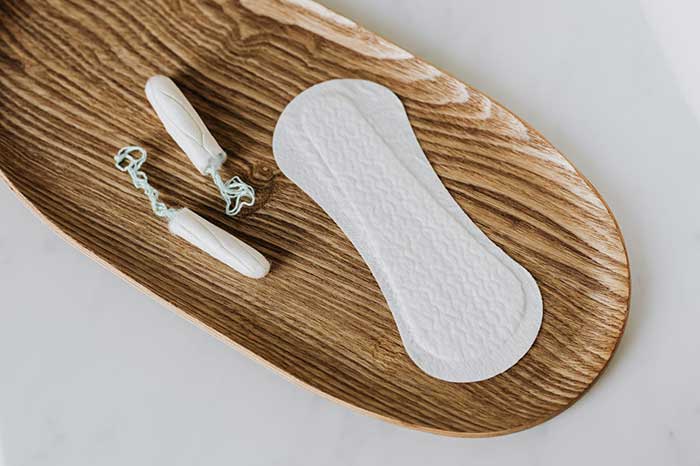
Weaning baby from breastfeeding is an important milestone in your baby’s development. If you’re breast-feeding, it is only natural that you might have questions about weaning. When is the right time? Will weaning upset your child? Will he/she emaciate? What will the baby now eat? All of that.
Weaning your baby from breastfeeding doesn’t have to be a confusing or strenuous process. You just need the right tips on how to wean a baby from breastfeeding to other kinds of food:
The Types of Weaning
Gradual weaning: Gradual weaning is a slow weaning process. It takes place over a period of weeks or months. It is said to be the most famous style of weaning.
Abrupt weaning: Sudden weaning is the quick end of breastfeeding.
Partial weaning: Partial weaning is a great alternative if you can’t breastfeed exclusively but you don’t want to give up on breastfeeding altogether. A “partial wean” means substituting one or more feedings with a cup or bottle and breastfeeding at other times. This can work well if you are going back to work or school, but still want to breastfeed. Early morning, evening and night feedings can continue even if you are separated from your baby during the day.
Temporary weaning: Temporary weaning is when breastfeeding is stopped for a short period then restarted.
Baby-led weaning: Sometimes a baby stops breastfeeding on his own. However, young infants rarely wean themselves. Natural weaning or “child-led weaning” happens when your baby starts to accept more—and different types—of solid foods while still breastfeeding on demand. With this type of weaning, you watch your baby’s cues and wean at his pace. True self-weaning is usually gradual and happens after a child is a year old.
Mother-led weaning: This happens when mothers decide to initiate the weaning process.
How to know a baby is ready to be weaned from breastfeeding is when:
Baby seems hungry earlier than usual.
Baby can sit up without support and has good control of his neck muscles.
Baby holds food in his mouth without pushing it out on his tongue right away.
Baby shows interest in food when others are eating.
Baby opens his or her mouth when he sees food coming his way.
Baby can let you know he doesn’t want food by leaning back or turning his head away.
When’s the best time to start weaning baby from breastfeeding?
It is true that Pediatrics recommend exclusive breastfeeding for the first six months after birth — and breast-feeding in combination with solids foods until they are at least a year old.
But the truth is that weaning your child from breastfeeding is a totally personal decision, meaning it can go on for as long as you and your baby wish to continue.
Some mothers begin to wean right away so they can go back to work, others may wait until their children are toddlers before fully weaning. Whichever sits with you better.
Children are all different, and each one tolerates weaning in his or her own way. Some babies accept weaning easily, while some are very reluctant to stop breastfeeding and refuse the bottle or any other form of feeding.
You can always change your mind and try again at another time or try partial weaning if you start weaning only to find that you or your baby aren’t truly ready. That’s OK. You haven’t killed anybody.
How to introduce baby to solids
When you’re ready to wean your baby, it’s preferable if you can do it in a gradual way, which is why most mums recommend you start introducing solid foods when your child is between 4-6 months. The introduction of solid foods into your baby’s diet will naturally assist the weaning process.
Iron-fortified infant cereal is typically introduced first. Rice cereal is the most common choice since it is easy to digest and the least likely to cause an allergic reaction. If your baby tolerates cereal well, you can start to give her strained fruits and vegetables. Add new foods one at a time, wait a few days between each new food, and keep an eye out for food allergies each time you start something new.
By 7 to 9 months, your baby can begin trying new textures, meats, mashed table food, and finger foods. However, you should avoid nuts, grapes, and small food items that cause your baby to choke. You can also explore indigenous baby food companies like August Secrets and BabyGrubz.
You might consider delaying weaning if:
You’re concerned about allergens. If you have a family history of food allergies, you should consider delaying weaning until your child turns one year old. Research suggests that exposing a child to potential allergens while breast-feeding might decrease his or her risk of developing allergies. You can see your pediatrician on this.
Your child isn’t feeling well. If your child is ill or teething, postpone weaning until he or she feels better. You might also postpone weaning if you’re not feeling well, as you’re both more likely to handle the transition well if you’re in good health.
Here are 10 things you need to know about breastfeeding
A major change has occurred. Avoid initiating weaning during a time of major change. If your family has recently moved or your child care situation has changed, for example, postpone weaning until a less stressful time.
If your baby is struggling with the weaning process, consider trying again in a few days or weeks, depending. Try to read and follow your baby’s cues and shy away from comparing with other families of children. You should also consider rethinking any deadlines you might have set for weaning when you were pregnant or when your baby was a newborn.
You can also read up on the benefits of extended breastfeeding
What’s the best way to begin weaning?
Weaning can come with a lot of mixed emotions. You may feel excited at the new independence you and your baby can both enjoy, as well as some sadness as your baby moves to another stage in her life. This is completely normal.
It’s easiest for you and your baby if weaning is gradual – over several weeks, months or even longer. A sudden, abrupt wean should only be considered in extreme circumstances. Slowly tapering off how long and how often you breast-feed each day — over the course of weeks or months — will cause your milk supply to gradually diminish and prevent engorgement. It might be easiest to drop a midday breast-feeding session first. After a lunch of solid food, your child might become interested in an activity and naturally give up this session. Once you’ve dropped one feeding, you can work on dropping another.
Start by substituting one feed. When one feed is going well, substitute another feed, and so on. Continue this way, substituting one feed at a time. The pace is up to you and your baby, but in general, the slower the better.
How long does weaning take?
Weaning is a natural stage in your baby’s development. It is the gradual process of giving your baby other foods while continuing to breastfeed, which explains why the process could take days, weeks or months. Even after you successfully wean your child from day feedings, you might continue to breast-feed in the morning and before your child’s bedtime to keep up that feeling of closeness with your newborn. Breastfeeding is an intimate experience. You might have mixed emotions about letting go, at that’s fine too. Should you find yourself on these halls, adopting the gradual approach to weaning and offering lots of affection will be your safest choice to helping your child make a smooth transition to a bottle or cup.
Other posts you might like:




